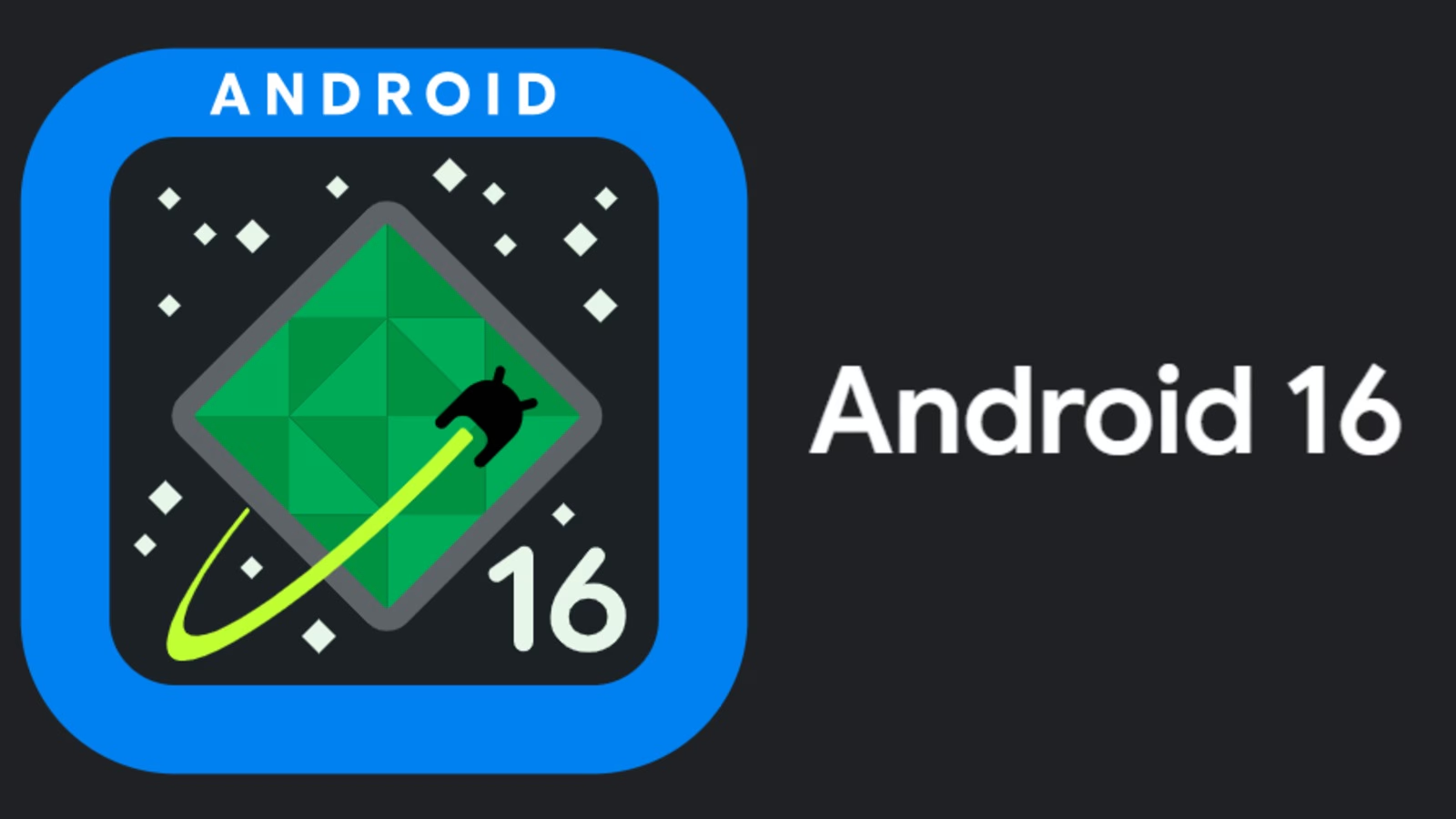Android 16 is set to introduce some exciting features for developers and power users, including a terminal and full Linux VM support with GPU acceleration. This enhancement means that Android users, particularly developers and tech enthusiasts, will have the ability to run a fully virtualized Linux environment right on their Android devices.
This upgrade transforms Android devices into more robust platforms for development, testing, and other advanced tasks.
Android 16’s Terminal app will bring significant new capabilities for developers and sysadmins. Not only will it allow running a Linux VM with a full GUI (Graphical User Interphase) and GPU acceleration, but it will also support essential sysadmin features like disk resizing, port forwarding, and partition recovery.

This evolution builds on Google’s earlier efforts, such as integrating Chrome OS on Android via the Android Virtualization Framework (AVF), which laid the groundwork for advanced virtualization on mobile.
A breakdown of what to expect from Android 16:
- Terminal: Android 16 will include a built-in terminal for running command-line tasks directly on the device. This is highly beneficial for developers and sysadmins who rely on terminal commands for scripting, system monitoring, and more.
- Full Linux VM Support: You’ll be able to run a full Linux virtual machine (VM) within Android 16. This enables developers to work in a Linux environment without needing a separate machine, perfect for compiling software, running servers, or testing applications.
- GPU Acceleration: The Linux VM will have GPU acceleration, allowing for better performance, particularly with graphic-intensive tasks like 3D rendering or gaming. This ensures smooth performance within the virtual machine, leveraging the device’s GPU for high-efficiency computing.
These features make Android 16 an even more powerful tool for tech professionals, providing desktop-like functionality on a mobile device.






























